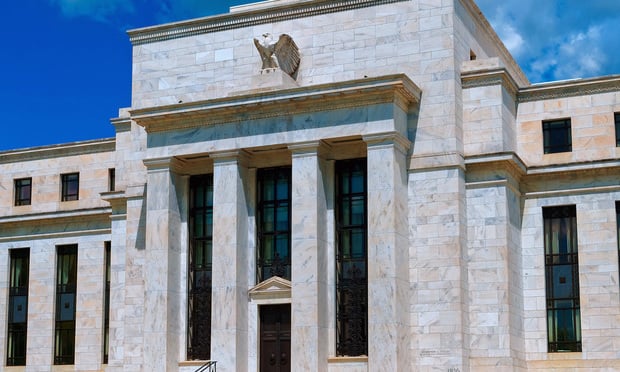 Credit/Adobe Stock
Credit/Adobe Stock
The Fed might be waiting for the stars to align before starting to cut rates – maybe in September – but Cox Automotive Chief Economist Jonathan Smoke is done with the dithering.
In a post late Wednesday, Smoke said the Federal Open Market Committee's decision that day to wait at least another month before starting to cut rates shows the Fed is not weighing the full costs of delay.
Recommended For You
Smoke said the restrictive rates that have been in place for a full year are making interest costs a burden that is holding back sales of both homes and cars. He said shelter inflation is responsible for the gap between the Fed's 2% inflation goal and the 2.6% core PCE in June.
 Jonathan Smoke
Jonathan Smoke "Keeping rates at such a restrictive level has dubious chances of making housing cheaper when in fact the problem is mostly caused by insufficient supply," Smoke wrote. "Waiting is likely not the solution, but the Federal Open Market Committee wants to wait."
Meanwhile, he said deteriorating consumer credit performance indicates "interest expense on credit cards appears to be crowding out spending on goods and services and is likely contributing to delinquencies and defaults on credit cards and auto loans."
Interest rates are also eating away consumers' wallets through record high rates on credit cards.
"While most consumers may be paying their balances in full, it is very likely that an increasing number are not able to pay off the balance and therefore servicing the debt, which in turn is crowding out capacity to spend on actual goods and services or paying other bills," Smoke wrote.
Cox Automotive said it expects new car sales in July will come in at a seasonally adjusted annual rate of 16.0 million. That's up from a "surprisingly low" SAAR of 15.3 million vehicles sold in June, dinged in part by a widespread outage on dealership point-of-sale software. Some sales from June will now show up in July's numbers.
New car sales in July will barely above the 15.9 million SAAR of a year earlier. Cox Automotive estimated used car sales through dealers rose 4.1% in June.
That type of weakness is showing up at credit unions.
Estimates from the America's Credit Unions trade group showed new car loan balances in June were 2.4% lower than a year earlier, while used car balances rose only 1%. Balance growth among the Top 10 credit unions by assets was much more robust, indicating performance among smaller credit unions was even worse than in the trade group's estimate.
Smoke said even if the Fed starts lowering rates in September, it's unlikely to help car sales this year. Rates peaked at 10% in June for new car loans and 14.6% in February for used cars. In July rates were 9.72% for new and 14.2% for used.
Smoke said once the Fed Funds Rate is headed for neutral, the average rate on new auto loans is likely to end up between 7.5% and 8%.
"With auto loan performance shaky, auto loan rates are bound to be sticky on the way down," he said. "Given what the Fed communicated today, it is not likely that auto loan rates will decline much before year's end and, unfortunately, the auto market will remain stuck below potential."
© Touchpoint Markets, All Rights Reserved. Request academic re-use from www.copyright.com. All other uses, submit a request to [email protected]. For more inforrmation visit Asset & Logo Licensing.







